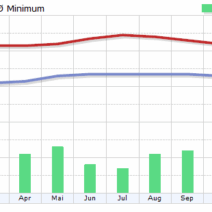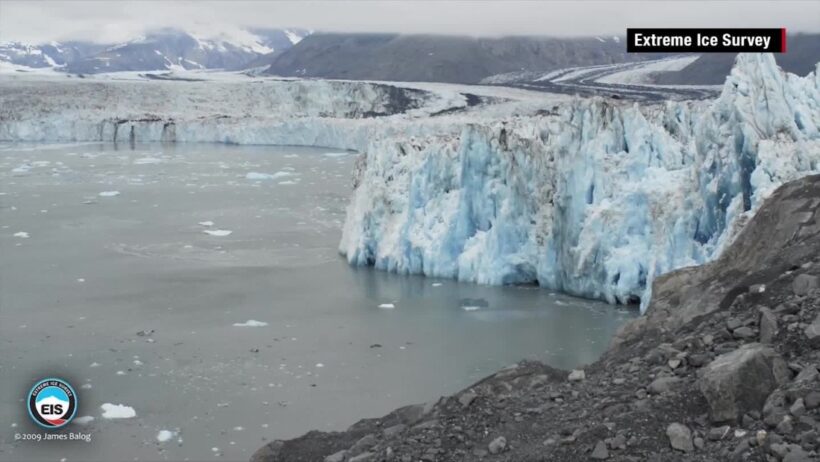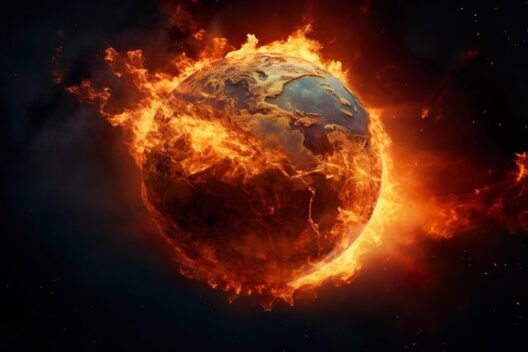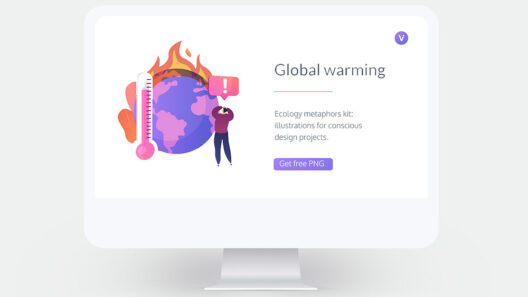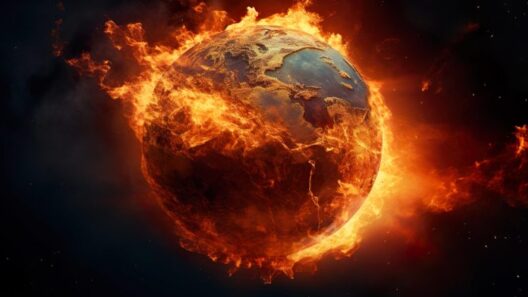Complexities surrounding Earth’s climatic history reveal the nuanced relationship between global temperatures and ice ages. To dissect whether global warming occurred during these periods of glaciation compels one to journey through eons of geological and climatic shifts. Tracing back through the annals of planetary evolution, particularly during the Pleistocene Epoch, a time characterized by repeated glacial and interglacial cycles, raises intriguing questions about temperature variability.
The Pleistocene Epoch, spanning from about 2.6 million to 11,700 years ago, was punctuated by the migration of massive ice sheets. These formidable glaciers covered significant portions of North America, Europe, and Asia. The glacial stages, colloquially referred to as “ice ages,” were interspersed with warmer periods known as interglacial periods, where temperatures soared and ice receded. The intricate dance of freezing conditions alternated with warming spells, each playing a critical role in shaping Earth’s climatic landscape.
During an ice age, particularly the most recent one, the Earth experienced multiple interglacial periods, notable among them being the Holocene that commenced approximately 11,700 years ago. It is imperative to clarify that during these interglacial intervals, global warming indeed manifested. The climate warmed significantly, causing the ice sheets to retreat. This phenomenon is a hallmark of interglacial cycles, wherein periods of milder weather transition into severe cold once more.
Global warming during these interglacial phases can be attributed to several natural factors, including orbital variations known as Milankovitch cycles. These cycles alter the distribution of solar energy received by Earth and significantly influence climatic conditions over tens of thousands of years. As the planet’s tilt and orbit shift, the intensity and distribution of sunlight significantly fluctuate. Such changes create a conducive environment for warming by enhancing summer temperatures in the northern latitudes, thereby encouraging glacial retreat and the release of carbon dioxide previously trapped in ice.
Understanding global warming during the ice ages transcends simple temperature fluctuations. It invites a deeper examination of the carbon cycle, particularly the role of greenhouse gases. For instance, as glaciers receded during warmer interglacial epochs, vast amounts of carbon dioxide and methane, potent greenhouse gases, were released into the atmosphere. This emission would have subsequently amplified the warming effect, creating a feedback loop that accelerated temperature increases and further expedited ice melt.
It is also pertinent to discuss the paleoclimate evidence preserved in ice cores. These cores, drilled from ice sheets, hold invaluable data spanning hundreds of thousands of years. Analyzing the composition of gases trapped in these cores reveals historical temperature trends and greenhouse gas concentrations. The data indicates that during interglacial periods, temperatures rose, corroborated by elevated levels of carbon dioxide and methane. Such empirical evidence solidifies that warming did indeed occur during these climatic shifts, refuting simplistic interpretations that associate ice ages exclusively with cold climates.
Furthermore, the Last Glacial Maximum (LGM), occurring around 25,000 years ago, serves as a critical reference point. This period, marked by the peak of glaciation, exemplifies the robust dynamics of Earth’s climate system. Subsequent warming initiated a significant global climate transition, leading to the gradual disappearance of vast ice sheets. The subsequent rise in sea levels profoundly reshaped coastlines and ecosystems, indicating that even amidst substantial glacial conditions, warming could rapidly ensue under specific circumstances.
However, the narrative of global warming during ice ages poses various complexities and promotes the need for caution. The word ‘global’ can mislead as localized climatic variations can differ dramatically. Areas that experienced warming might not reflect global trends uniformly, emphasizing the necessity of a comprehensive understanding of regional climatic shifts versus overall averages. Additionally, examining historical climate patterns grants insight into the broader implications of contemporary anthropogenic climate change.
The current trajectory of climate change diverges significantly from the natural cycles of the past. Homo sapiens have become a geological force, with unprecedented carbon emissions leading to rapid warming far beyond the natural variability characteristic of historical ice ages. This anthropogenic influence alters a climate system nested in delicate balances, yielding consequences that humanity struggles to anticipate fully.
The contemplation of whether global warming occurred during the ice ages casts light upon our current climatic crisis. It propels a paradigm shift, inviting a reevaluation of long-held conceptions about climate stability and fragility. As contemporary civilization grapples with the realities of climate change, understanding the mechanisms of past warming cycles becomes essential. These insights illuminate the pressing necessity for a collective response, highlighting the importance of mitigation efforts to curtail greenhouse gas emissions and thereby avert a climactic imbalance.
In conclusion, global warming during ice ages, particularly in the context of interglacial periods, encapsulates a myriad of interactions between natural processes and climatic phenomena. Historical evidence substantiates that warming patterns were indeed integral to the complexities of Earth’s climatic past. This knowledge fosters not only an appreciation of our planetary history but also an understanding of the precarious balance that sustains life on Earth. Urgency is paramount as humanity confronts the enduring threat posed by climate change, requiring informed dialogue and decisive action.
